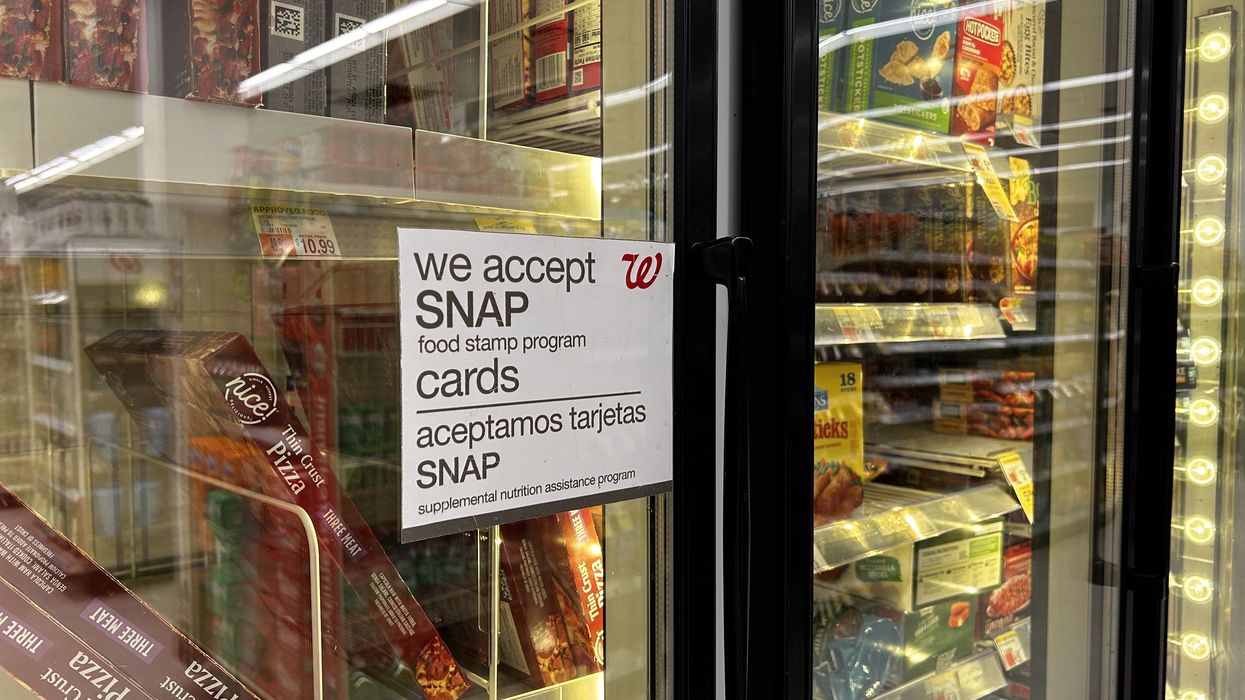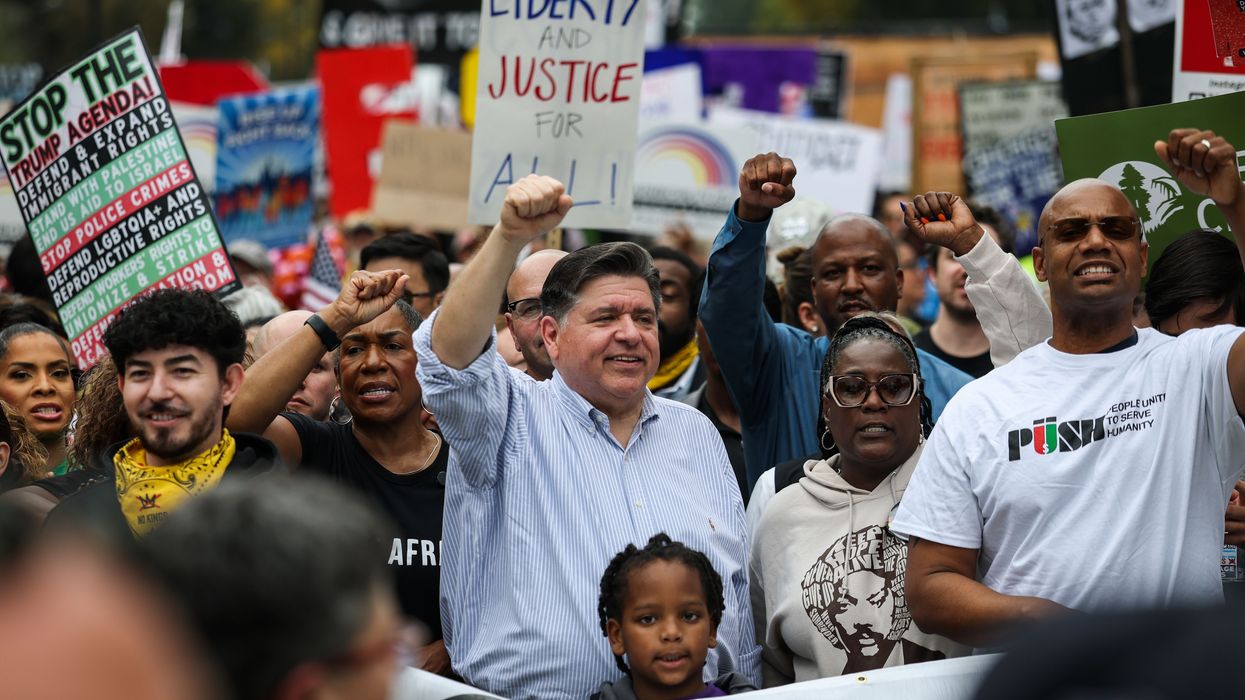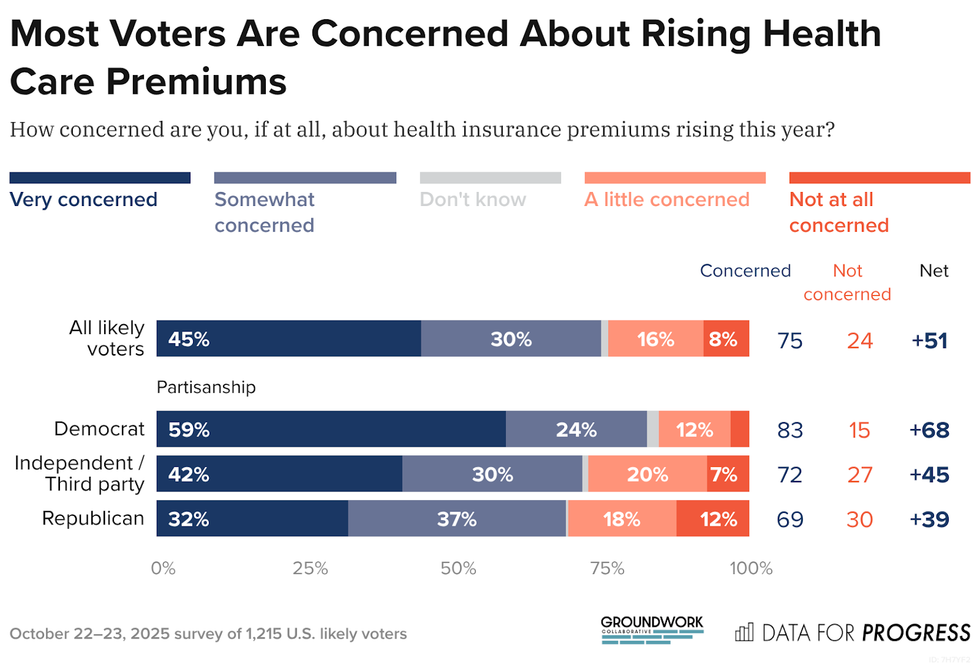Last Thursday the Senate Finance Committee
convened in order to address a number of controversial issues that have
sprung up regarding the pending U.S. free trade agreement (FTA) with
Panama. Following the hearing, U.S. Trade Representative for Western
Hemisphere Affairs Everett Eissenstat announced that President Obama
would consult with U.S. lawmakers before sending the controversial FTA
to Congress for approval. Eissenstat added that the "agreement has the potential to be a good deal for the United States."
In early March, the Office of the U.S. Trade Representative (USTR)
issued a statement of intent, indicating that it would move on the
pending Panama Free Trade Agreement "relatively quickly." However, a
number of road blocks, including strong U.S. labor opposition and
concerns over Panama's classification as a tax haven, are currently
holding up the FTA's ratification in the U.S. Congress.
The Free Trade Agreement, which has been re-branded as a "Trade
Promotion Agreement (TPC)," in order to distance itself from the
controversy surrounding other FTAs, was signed by the Bush
administration on June 28, 2007. The accord was passed by Panama's
assembly the following month, in what some have called a rushed and
non-transparent process. Critics attacked the legislation on grounds
that no Spanish version of the agreement had been made available, and
that members of civil society who were known to be opposed to the pact
were not given adequate time to review and comment on the text. The
opposition within Panama has been made up of a mixed bag of labor
unions, farmer groups, leftist politicians and progressive church
voices, who, according to one Panamanian reporter, developed their own
meaning for the acronym TPC: "Todo Panama Colonizado" (All of Panama
Colonized).
Nevertheless, both the Torrijos government and now the
president-elect of Panama, Ricardo Martinelli, have been pushing hard
to get the agreement ratified before those who oppose the trade pact on
human rights grounds are able to block its passage on the Hill.
Torrijos has expressed his desire to see the accord passed before he
leaves office on July 1. While some trade specialists are convinced
that the U.S.-Panama FTA will pass the U.S. Congress, a number of
highly regarded analysts think to the contrary. According to Eric
Jackson of Panama News, "I would expect this treaty to die,
but I also expect talks about a new proposal to eventually take place
between the Obama and Martinelli administrations. Those would not be
easy negotiations."
The Panamanian government has insisted that none of the issues
holding up the FTA in Congress are, in its eyes, legitimate concerns.
Talking with Reuters, Martinelli's top economic advisor Frank de Lima
claimed that the "perception that Panama is a tax haven is totally
false." He went on to assert that Panama respects labor rights and
collective bargaining. However, a growing body of evidence increasingly
points to the contrary.
Panama's Phantom Economy
For decades, Panama has adjusted its laws and regulations in order to
ensure that its 'business climate' is one of the most competitive in
the world. On the other hand, critics maintain that such regulation
offers a number of opportunities for foreign companies interested in
dodging fair taxes, exploiting malleable labor regulations, and taking
advantage of shrouded financial transparency. Panama's level of Foreign
Direct Investment (FDI) has skyrocketed since legislation was passed in
1992 which established "Export Processing Zones (EPZs)" in a number of
locations across the country. Companies from all over the world are
welcome to establish factories in these zones for "light manufacturing,
assembly, high technology, and specialized and general services."
Companies operating there are exempt from all taxation on imports and
exports, sales tax, and imports on capital and assets. In addition,
EPZs are free from all restrictive national labor and immigration
standards. Instead, they are allowed to operate under provisions which
are "more favorable [to foreign companies] than the current Panamanian
Labor Code."
Since Public Citizen released a report in April 2009
highlighting the country's banking secrecy rules and lax financial
regulations, there has been much circulation in the media concerning
Panama's status as a top tax haven. All foreign corporations conducting
business in Panama are exempt from national taxes, making the country a
"100 percent tax haven," according to the report. It comes as no
surprise that over 350,000 foreign-registered companies nominally
operate from Panama, and $25 billion of U.S. investment already has
been sunk into the country, according to the U.S. State Department.
In addition to tax incentives, Panamanian law also makes it easy for
multinational corporations to "cook the books." According to the Public Citizen
report, "Panama has one of the world's most restrictive information
exchange regimes," which allows the country to withhold information
even within the framework of a criminal investigation. Moreover,
extremely strict slander laws known as "Calumnia Y Injuria" rules can
be used to arrest journalists for reporting facts and figures, if they
do not reflect well on business interests. This lack of transparency,
coupled with a lenient regulatory system governing the country's
banking and financial sectors, enables corporations to "conceal their
financial losses and engage in off-balance sheet activities." Evidence
also links Panama's Colon Free Zone (CFZ) with trafficking of narcotics
and other illicit substances, in addition to off-shore activities
carried on by foreign corporations. Panama's CFZ, which is the second
largest free trade zone in the world, provides a centrally located
"transit area for drugs and related money laundering," activities
moving up through Mexico to its northern border, according to the
International Monetary Fund.
The illicit matters have grown even more controversial since the
G-20's recent conference decided to crack down on tax havens and step
up financial regulation as key steps toward global financial recovery.
Various U.S. government bodies estimate that closing global tax havens
would save U.S. taxpayers between $210 Billion and $1 Trillion over the
next decade.
A free trade agreement with Panama, argues Public Citizen,
would actually hinder efforts on the part of the US government to crack
down on tax evasion and money laundering in Panama. The proposed FTA
contains provisions that forbid cross-border regulations on financial
transactions between the U.S. and Panama, and would provide
subsidiaries operating in Panama enhanced "investor rights," enabling
them to challenge any attempt by the U.S. government to monitor or
limit financial transactions. In the words of Lori Wallach, director of
Global Trade Watch: "Members of Congress wouldn't vote to let AIG not
pay its taxes or to give Mexican drug lords a safe place to hide their
proceeds from selling drugs to our kids, but that's in essence what the
Panama FTA does."
Bad News for Labor
According to U.S. Trade Representative Ron Kirk, who has been straining
to get safe passage for the Panama trade measure during his short time
in this position, Panama has made "very good progress" on labor issues
hindering U.S. approval of a free trade agreement. Kirk and others
point to the fact that the agreement incorporates the policies of the
"New Trade Policy for the Americas (TPA)." This provision contains the
same labor and environmental protections which were added to the
recently enacted US-Peru FTA. However, in Peru such punative
protections failed to guard labor or the environment from being scaled
back and hassled as result of its FTA being enacted. Additionally, the
U.S. Labor Advisory Committee stated in its report that the labor
stipulations in the Panama FTA "will not protect the fundamental human
rights of workers in either country." Although the FTA makes reference
to the UN International Labor Organization's Fundamental Principles and
Rights at Work Declaration, it contains no provisions that would force
the signatories to strictly implement the UN's labor standards.
Further, the agreement does not prevent Panama from "weakening or
reducing the protections afforded in domestic labor laws" in any future
effort it may make to "encourage trade or investment."
The U.S.-Panama FTA contains only one enforceable labor provision: a
requirement for the government to adhere to its own labor laws.
Unfortunately, there is a significant canard involved in this language.
Panama's labor track record is not entirely clean; in August 2007 two
construction union members were assassinated while demonstrating for
worker rights. Furthermore, if existing labor laws are broken, the
FTA's "dispute settlement system," set in place to uphold these
standards, serves as little more than window-dressing. The maximum
government fine is capped at $15 million, which amounts to about
one-tenth of one percent of total US-Panama trade in 2006.
Additionally, these funds, in the unlikely circumstance that they ever
will be collected, are paid a "joint commission to improve labor rights
enforcement," which in turn could be easily funneled back into
Panamanian government's coffers.
Given that the Panamanian labor code does not even apply in Export
Processing Zones, and in conjunction with the fact that approximately
two-thirds of Panamanian workers operate in the informal economy, the
remedial power of any labor provisions that might be included in the
agreement would be severely limited. This FTA will ultimately exonerate
the signatories from meeting an acceptable human rights standard.
Agriculture Markets and Rural Poverty
In addition to labor and tax issues, the FTA will inevitably have the
effect of slowly eroding the protections that Panama has worked to
maintain in its most vulnerable economic sectors. Due to a number of
existing regional trade agreements, Panamanian products already enter
the United States duty free. The pending FTA, according to the State
Department's Charles S. Shapiro, would simply "reduce [Panama's]
tariffs on products imported from the United States." Aware of the
dangers associated with the FTA's role in opening the country up to the
behemoth U.S. economy, Panama's negotiators were able to reserve some
protections for the country's developing sectors, specifically
agriculture. This relatively young sector not only employs 17% of the
country's labor force, but also supports 40% of the country's rural
population, according to the US Congressional Research Service. Thus,
the Panamanian government has argued that opening the country's markets
to U.S. agricultural goods, which are subsidized by the government and
produced on a much greater scale than its more protective partner,
would be "highly detrimental to the social structure of the rural
economy, leading to increased unemployment, poverty, and urban
migration."
Despite the fact that "agriculture was one of the most sensitive
issues for Panama," its officials failed to reach lasting and effective
compromises in order to protect their markets from U.S. incursion. The
FTA immediately eliminates tariffs on over 60 percent of U.S.
agricultural exports to Panama, with most remaining tariffs to be
gradually eliminated over a period of 15 years or less. Two key
products: locally-grown rice (which currently supplies over 90% of
Panama's domestic demand) and sugar (which presently accounts for a
third of Panama's agricultural exports, as well as 41percent of its
agricultural exports to the United States), will retain limited
protections in the short-term. However, as tariffs are slowly lifted
over a fixed period of years, Panama could lose the "relatively high
wage rates" that it currently enjoys in these sectors.
According to the congressional report, this phase-out period would
"buy time for Panama to develop its nontraditional export crops, such
as melons, palm oil, and pineapples, which some view as the future of
this sector." Unfortunately, these are precisely the crops that the
rest of Central America already exports to the U.S. at bottom-barrel
prices. Thus, Panama, under this new regime, would be forced to join
the regional 'race to the bottom' in order to ensure competitive prices
for its products on the global market. The impact on Panama's rural
poor could be debilitating. In addition, Panama's already spotty social
safety net stands to suffer as the global economic partnership
involving Panama develops. In a bid to attract foreign investment,
President-elect Martinelli has committed his government to "massive
infrastructure spending in partnership with foreign investors,"
according to Reuters. This spending is not likely to benefit the
approximately one third of Panama's population currently living below
the poverty line in the country's rural areas. Already, very little
public spending is allocated to this demographic. The World Bank has
identified sharp geographical inequities in health care and education
spending, which disproportionately benefits the urban upper and middle
classes far more than the rural poor and indigenous populations. This
trend will likely worsen with a free trade agreement that opens
Panama's agriculture markets to fierce competition and commits further
government revenue to the country's urban commercial centers.
In short, the U.S.-Panama free trade agreement inevitably will be a
bonanza for big business. It would contribute to the elimination of
many inconvenient hurdles that cut down on corporate profits, such as
labor regulations, taxes, and fair-minded market signposts. A far
larger portion of the population could lose out under the FTA including
those who benefit from these protections, such as workers in both
countries, poverty-stricken Panamanian farmers, and the American
taxpayer. As a battle between corporate interests and civil society
ensues in the U.S. Congress, a parallel struggle to sway public opinion
is taking place in the media. However, whichever way the decision
falls, a lasting solution to global economic ills is unlikely without a
fundamental shift in the way the United States conducts its business in
developing countries.
This analysis was prepared by Research Fellow Mary Tharin
May 27th, 2009



